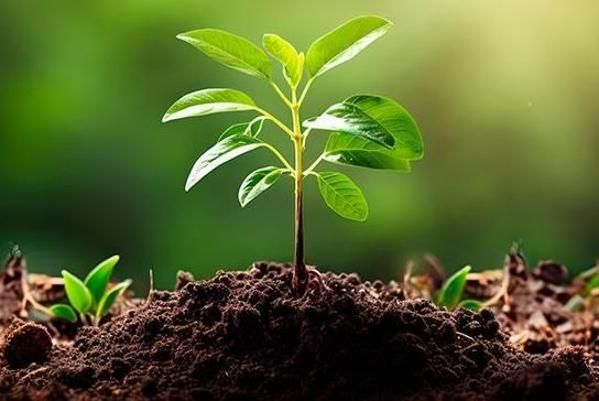(FC) Biología Ambiental
Departamento académico


University of California, Davis
Davis, Estados UnidosPublications en collaboration avec des chercheurs de University of California, Davis (26)
2023
-
Functional trait trade-offs define plant population stability across different biomes
Proceedings of the Royal Society B: Biological Sciences, Vol. 290, Núm. 2001, pp. 20230344
-
Source-sink manipulation does not mitigate the effects of grapevine red blotch virus (GRBV) infection on fruit sugar and flavonoid accumulation in Cabernet-Sauvignon
Oeno One, Vol. 57, Núm. 4
-
Source–Sink manipulations have major implications for grapevine berry and wine flavonoids and aromas that go beyond the changes in berry sugar accumulation
Food Research International, Vol. 169
2022
-
LOTVS: A global collection of permanent vegetation plots
Journal of Vegetation Science, Vol. 33, Núm. 2
-
Shifts in the phenolic composition and aromatic profiles of Cabernet Sauvignon (Vitis vinifera L.) wines are driven by different irrigation amounts in a hot climate
Food Chemistry, Vol. 371
2021
-
Application of Fractions of Crop Evapotranspiration Affects Carbon Partitioning of Grapevine Differentially in a Hot Climate
Frontiers in Plant Science, Vol. 12
-
Effects of Irrigation at Different Fractions of Crop Evapotranspiration on Water Productivity and Flavonoid Composition of Cabernet Sauvignon Grapevine
Frontiers in Plant Science, Vol. 12
-
Impacts of leaf removal and shoot thinning on cumulative daily light intensity and thermal time and their cascading effects of grapevine (Vitis vinifera L.) berry and wine chemistry in warm climates
Food Chemistry, Vol. 343
-
Same Season and Carry-Over Effects of Source-Sink Adjustments on Grapevine Yields and Non-structural Carbohydrates
Frontiers in Plant Science, Vol. 12
2020
-
Carbon Isotope Discrimination (δ13 C) of Grape Musts Is a Reliable Tool for Zoning and the Physiological Ground-Truthing of Sensor Maps in Precision Viticulture
Frontiers in Environmental Science, Vol. 8
-
Directional trends in species composition over time can lead to a widespread overemphasis of year-to-year asynchrony
Journal of Vegetation Science, Vol. 31, Núm. 5, pp. 792-802
-
Mitigating Heat Wave and Exposure Damage to “Cabernet Sauvignon” Wine Grape With Partial Shading Under Two Irrigation Amounts
Frontiers in Plant Science, Vol. 11
-
Optimal Ranges and Thresholds of Grape Berry Solar Radiation for Flavonoid Biosynthesis in Warm Climates
Frontiers in Plant Science, Vol. 11
-
Spatial Variability of Soil and Plant Water Status and Their Cascading Effects on Grapevine Physiology Are Linked to Berry and Wine Chemistry
Frontiers in Plant Science, Vol. 11
-
Synchrony matters more than species richness in plant community stability at a global scale
Proceedings of the National Academy of Sciences of the United States of America, Vol. 117, Núm. 39, pp. 24345-24351
2019
-
Conversion to mechanical pruning in vineyards maintains fruit composition while reducing labor costs in ‘merlot’ grape production
HortTechnology, Vol. 29, Núm. 2, pp. 129-139
-
Flavonol profile is a reliable indicator to assess canopy architecture and the exposure of red wine grapes to solar radiation
Frontiers in Plant Science, Vol. 10
-
Grapevine Red Blotch Virus May Reduce Carbon Translocation Leading to Impaired Grape Berry Ripening
Journal of Agricultural and Food Chemistry, Vol. 67, Núm. 9, pp. 2437-2448
2018
-
Applied water and mechanical canopy management affect berry and wine phenolic and aroma composition of grapevine (Vitis vinifera L., cv. Syrah) in Central California
Scientia Horticulturae, Vol. 227, pp. 261-271
2017
-
Assessing Spatial Variability of Grape Skin Flavonoids at the Vineyard Scale Based on Plant Water Status Mapping
Journal of Agricultural and Food Chemistry, Vol. 65, Núm. 26, pp. 5255-5265